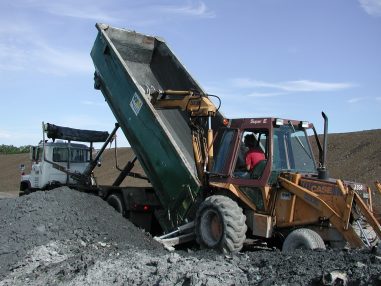Modern Treasure Hidden in Coal Waste
Coal ash — the chalky remnants of coal that has been burned for fuel — has been piling up across the United States for decades. But new research led by the Jackson School of Geosciences has found that the country’s supply of coal ash contains enough rare earth elements to significantly bolster the national supply without any new mining.

Rare earth elements are a group of 17 elements that are essential for modern technology, including solar panels, batteries, magnets and other energy technologies. But the U.S. relies almost entirely on imports for its rare earth element supply, with about 75% historically coming from China.
The new research found that there could be as much as 11 million tons of rare earth elements in accessible coal ash in the U.S., which is nearly eight times the amount currently in domestic reserves. The researchers found that about 70% of the coal ash produced from 1985 to 2021 — a total of about 1,873 million tons — is potentially recoverable, with the material stored in landfills, ponds and offsite storage areas.
“This really exemplifies the ‘trash to treasure’ mantra,” said co-lead author Bridget Scanlon, a research professor at the Bureau of Economic Geology. “We’re basically trying to close the cycle and use waste and recover resources in the waste, while at the same time reducing environmental impacts.”
The University of Texas at Austin
Web Privacy | Web Accessibility Policy | Adobe Reader

